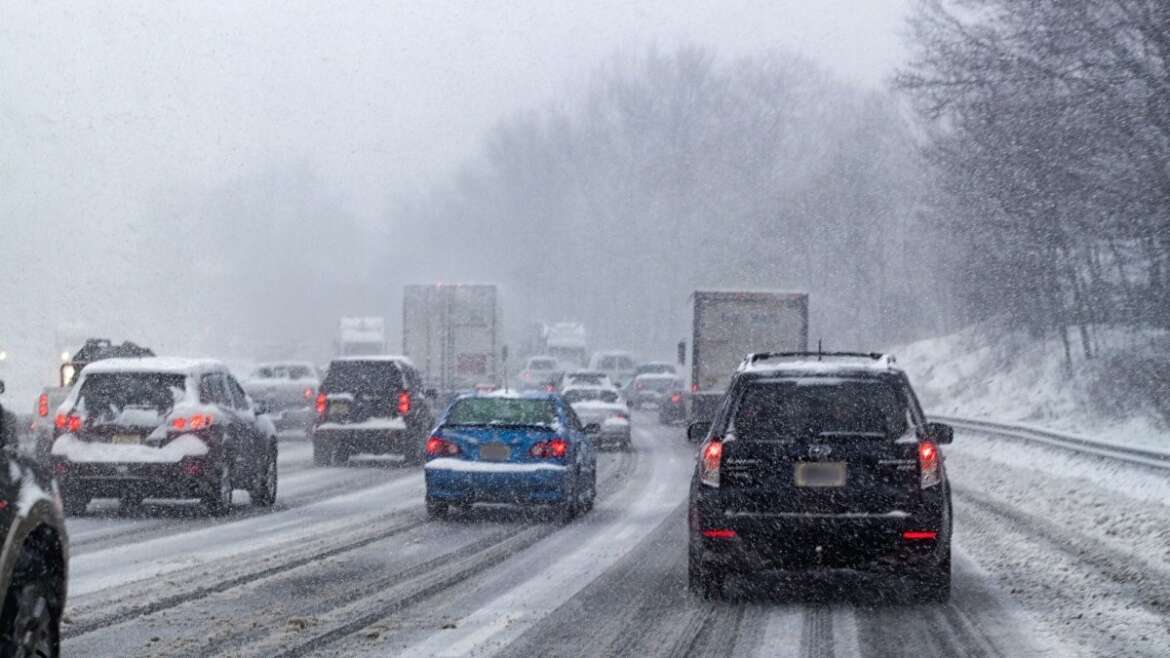Get teen driving tips for bad weather driving to keep your son or daughter safe on the road. When snow starts to fall, make sure they know how to stay safe in slick conditions.
Bad Weather Driving Guide | Teen Driving Tips
When it comes time to teach your teen how to drive, most parents know to teach the basics. They practice turning and stopping in an empty parking lot, then gradually progress from side streets to highway driving. But what about harsher road conditions? Teaching your teen to drive in inclement weather is just as important as learning how to change lanes. Here are a few teen driving tips to prepare them for bad weather driving.
Go back to the parking lot.
Large, empty parking lots are perfect for driving instruction since your teen can make mistakes while learning without getting into a wreck. If you want to teach your teen how to drive in the snow, wait for a snowfall and then head to your lot of choice.
Important points to cover include:
- Allowing ample space for stopping
- Slowing down before and through turns
- Maximizing visibility by completely cleaning off vehicle windows and mirrors
You should also let your teen experience the sensation of sliding on the icy ground so they don’t panic if it happens on the road. With a lot of room in front of the vehicle, accelerate, then hit the brakes. You shouldn’t have to drive faster than 10 miles per hour to slide, but knowing how to react in that situation is an important part of learning how to drive on icy roads. Talk about the risks associated with driving too close to another car in slick conditions, over-correcting after losing control, and how to deal with a spin-out.
Put on snow tires.
To maximize your teen’s safety, equip his or her vehicle with snow tires during the winter. Snow tires are softer and have small grooves in the rubber that are designed to grip an icy road. When conditions are slick, these tires can significantly decrease a vehicle’s stopping distance.
Plan ahead.
One of the best ways to avoid an accident in icy conditions is to avoid those conditions altogether. Encourage your son or daughter to get into the habit of checking weather reports before driving. Avoiding heavy snow or sleet can make for a safer trip, even if it has to be postponed a few hours. Your teen should also learn to allow for more travel time when driving to a destination. Rushing to get to school in bad weather can lead to dangerous driving, so plan for a longer trip when snow starts to fall.
Check your insurance coverage:
If your teen is involved in a fender bender, make sure they’re covered by adequate vehicle insurance.



